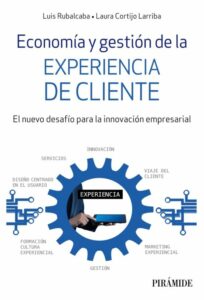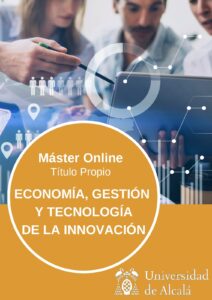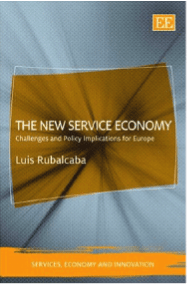By Luis Rubalcaba, Professor at the University of Alcalá
Citizen participation is becoming one of the star issues among public policy makers, especially in municipalities. The existence of participatory budgets is surely the most extreme example of the search for citizens to make decisions that have significant budgetary implications. And it is certainly very necessary for citizens to be able to participate in the policy design processes with their administrations. But the implementation of participation actions sometimes suffers from problems that come from confusing participation with co-creation, terms that are not easy to distinguish adequately.
Before Easter, the European project Co-VAL on innovation in the public sector held its meeting in Athens, Greece, which I attended and had the opportunity to open the panel of experts with a speech on the meaning of the concept of co-creation The day before I attended a very interesting discussion between colleagues about what is co-creation and what is not. There were those who defended a very broad concept of co-creation, which ultimately could be equated to carrying out any work activity with others. Working with someone or working for someone, which does all the work, certainly has a co-creative dimension. A volunteer who works in an NGO or a worker who does what he is told by his superiors in a company or an administration, both are involved in an activity that they can potentially co-create with other workers or with clients or users. But, working with others, is this co-creation? My personal opinion is that no, or not in all cases. Under certain conditions, the case of volunteers in an NGO, like many others, could be co-creation, although not per se; co-creation requires one more step that concerns purpose and awareness.
After this debate, in Athens I remembered the great anthropologist of the Max Plank Institute Michel Tomasello. With his research and experiments, he has concluded that what differentiates human beings from animal beings (his experiments with apes are famous) is not the ability to work with others or to work for someone. This is also done by animals when they go hunting or looking for food. The difference lies in what Michael Tomassello calls “shared intentionality”, that is, the ability to put oneself in the position of the other and act accordingly: “The crucial difference between human cognition and that of other species is the ability to participate with others in collaborative activities with shared goals and intentions: shared intentionality….It is inconceivable that you would ever see two chimpanzees carrying a log together., Michael Tomasello, Max Plank Institute.
The human being is the only one capable of acting for the benefit of the other beyond his own immediate interests and those of his hierarchical clan. In this sense, work, whether for profit or not, can be fully human when it integrates the needs of all those whom the work serves and seeks their fulfillment. In this context, co-creating can be defined as an act in which the work itself is defined jointly, with full shared intentionality, by two or more actors, from its origin. If it is not at the origin, one can speak of “co-working” or “co-development”, but not co-creation.
In the public sector today there is a lot of talk about citizen participation, but this is not necessarily co-creation. Citizens can participate in the public sector in many ways and with many different intentions. And sometimes erroneous decisions are made in order to take advantage of the participation of 2% of citizens. Encouraging participation is a very important and sensitive issue that we will talk about another day. I believe that greater and better citizen participation must really be encouraged, as part of the social progress of our democracies, and I will speak about this another day. But it must be done while seeking, at the same time, to improve the options for co-creation, which implies a higher stage.
My goal today has been to circumscribe co-creation to a process where the activity itself is co-defined, co-created. Co-creation is a higher step in the evolution of human work, which must be well understood. Working with others or for others, and participating in processes of others or for others, is essential to grow as a society, but so do animal communities such as those of monkeys Co-creating implies a certain level of co-participation for the sake of a shared intentionality that cannot be reduced to an asymmetric scheme of one of the parties. We are in the age of man and in full evolutionary development.








